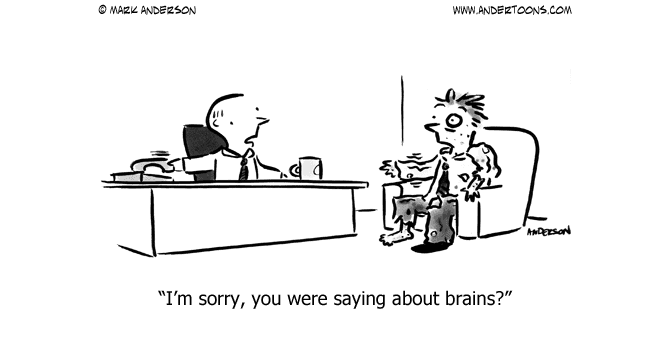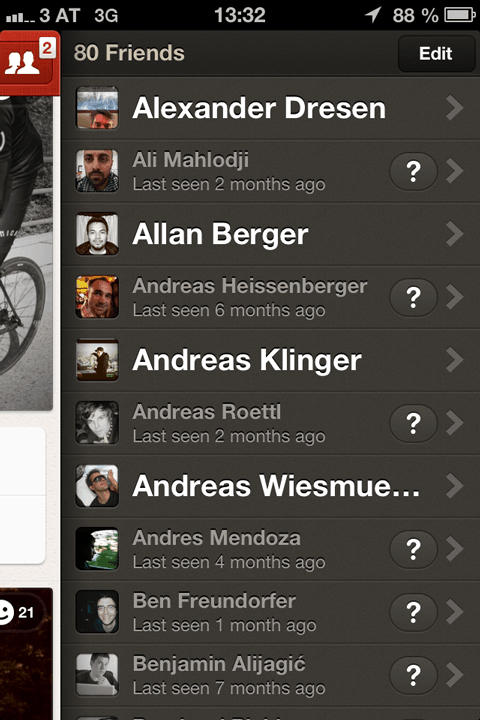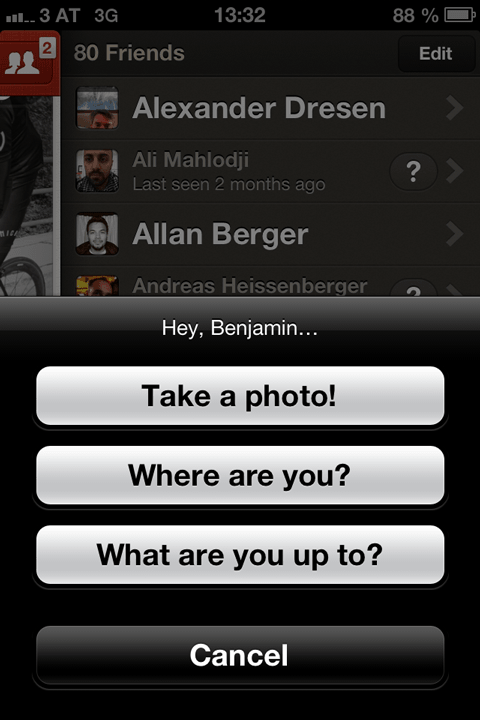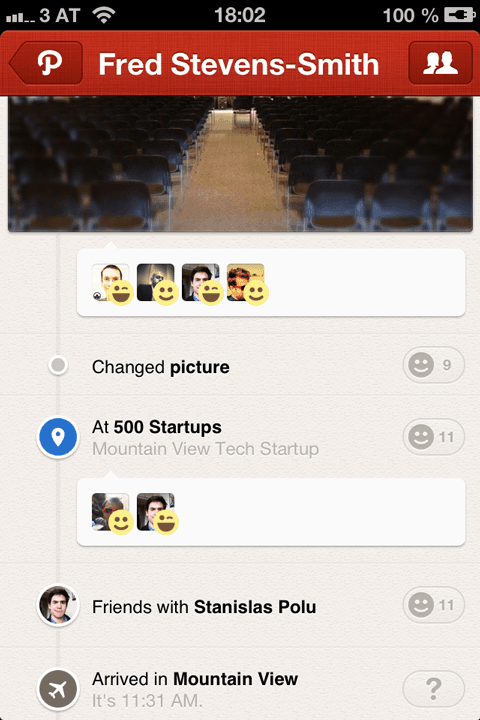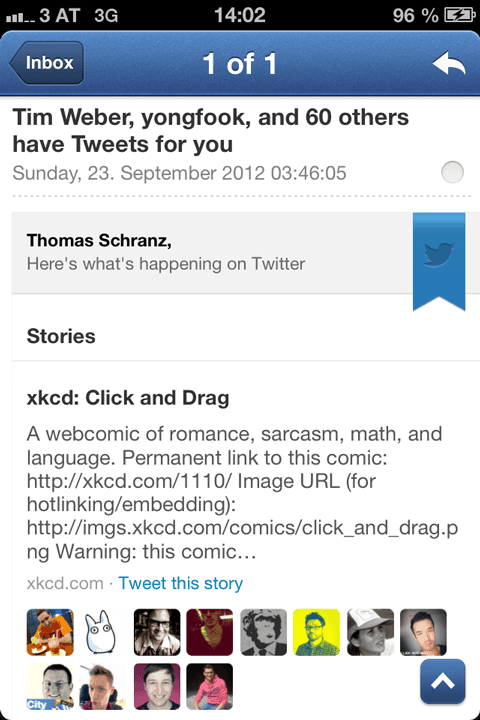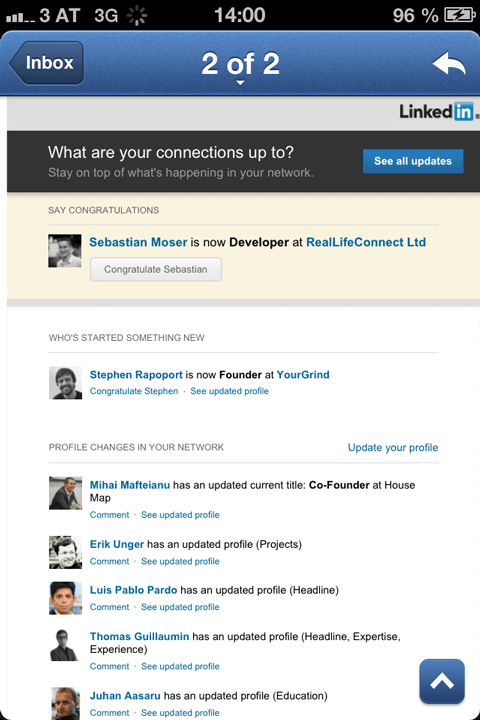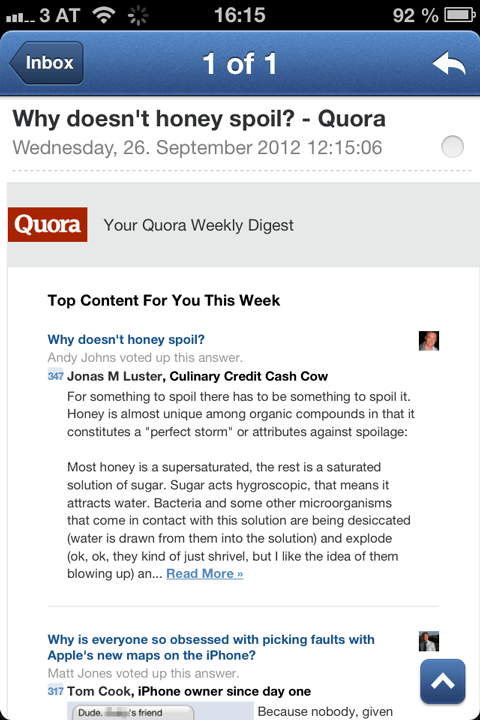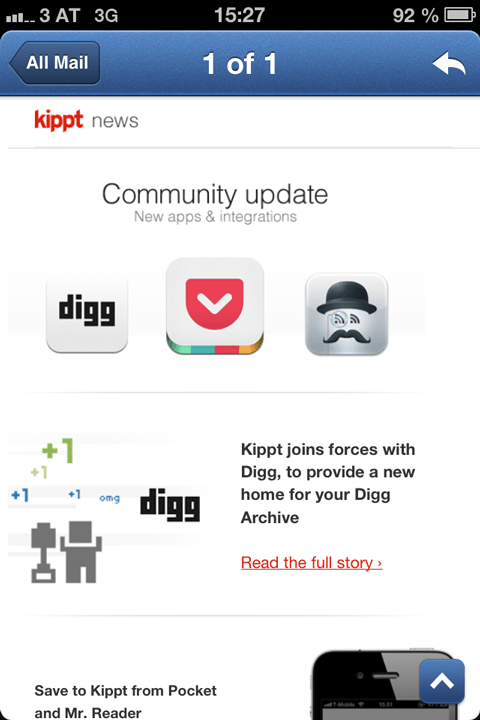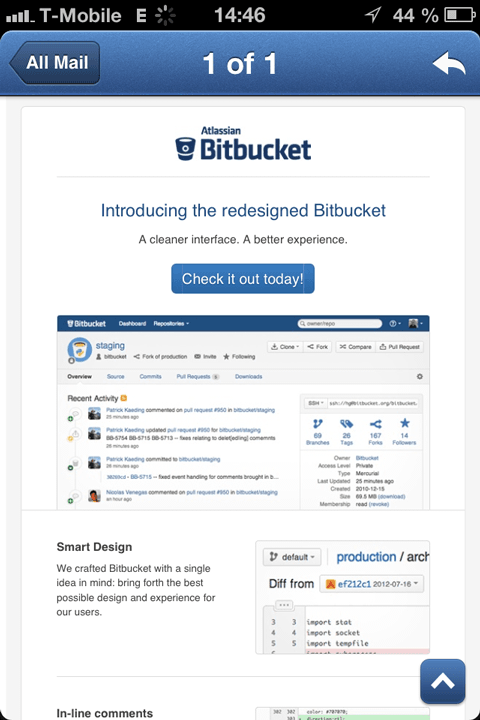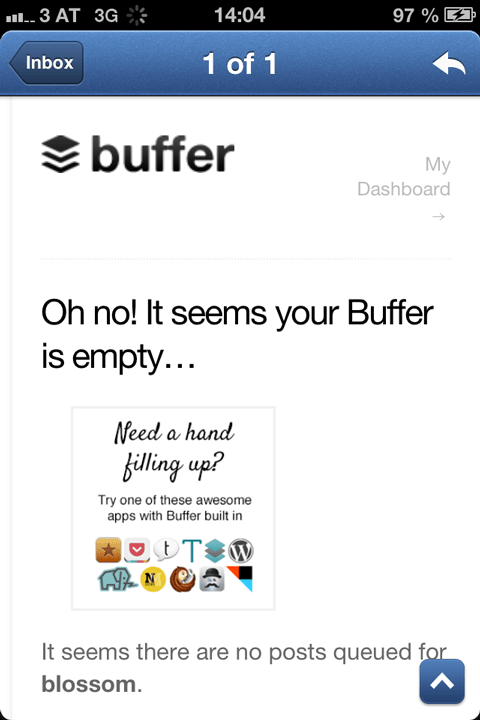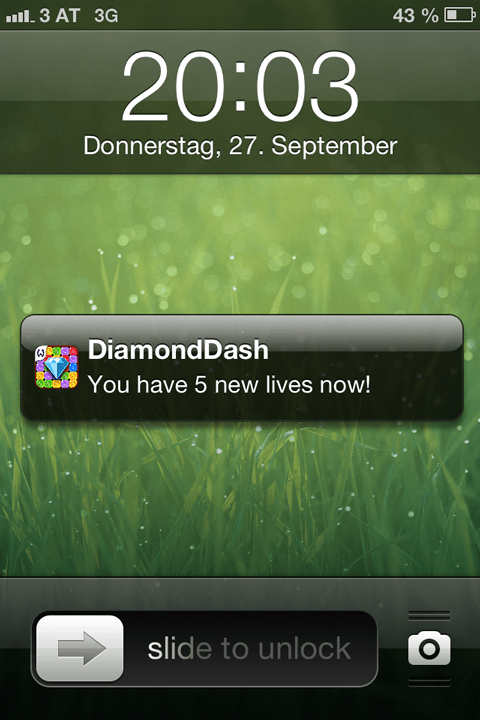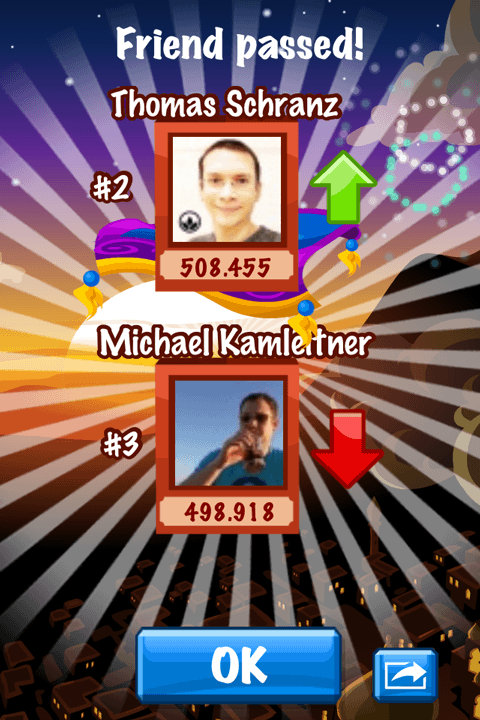Retaining your customers is essential if you want to grow your business in a sustainable way. Obviously having a great core product helps a lot with retention but remember that additionally to the core of your product there are many simple things you can do to make your product more valuable and engaging.
An easy way to discover great retention strategies is to look at products you use regularly. Try to think about those little details that make you come back to your favourite apps. There is always something to learn.
Alright, here are a few real world examples of products that found smart ways to retain and even resurrect customers that would have been lost otherwise.
1. Path: What are you up to?
When you browse your friend list in Path, you will see that all of your inactive friends are greyed out. Path also tells you when they were seen the last time. What’s really interesting though is the ‘?’-button right next to the ‘last seen’ indicator.
Once you tap on the button Path shows a few pre-worded messages that you can send to your inactive friend e.g. ‘Take a photo!’ or ‘What are you up to?’. That’s a very low-friction way to ‘nudge’ people back into the app.
Another interesting thing about Path is that it automatically publishes your location when you arrive at a new neighbourhood. This way users can create relevant content without even requiring an explicit interaction.
But that’s not all. Path adds the ‘?’-button to automatically shared stories. This means asking friends to share a photo during their holiday is just one tap away.
Sensible defaults.
Update: It looks like the most recent version of Path removed the ‘Last Seen’ indicator and the ability to nudge people from the friend list. I’d love to know the reason behind that move, and how the feature performed while it was live. If someone knows more please ping me.
2. Twitter, Quora & LinkedIn: Email digests
In the last few months both twitter and LinkedIn drastically improved the usefulness and design of the emails they send out.
Twitter sends newsletter-like digests of tweets that might be interesting to you depending on whom you follow and interact with. It is such a great source of relevant news for me that I wish my newsreader had a similar weekly digest feature.
While LinkedIn also sends out personalized news emails I feel they are not as relevant to me as twitter’s digests. Probably because twitter has a better sense of what I’m interested in but on the other hand LinkedIn does a great job with profile update digests. They regularly inform you about profile changes of people you are connected to e.g. when someone switched jobs, updated their description or added acquired skills.
Quora, a popular questions and answers site sends weekly email digests of answers that might be interesting to you. So even if you don’t have a specific question at the moment, you’ll get reminded of quora and get something interesting to read.
3. Kippt & Bitbucket: Product announcements
Another straight forward way to reactivate users is to send them news about your product. Kippt, a gorgeous social bookmarking service does a great job in that regard. They send out announcements about new features and integrations with other services. Emails like these not only can bring back people that were holding out for a certain feature, it’s also a great way to remind your customers that you are actively working on making your product better and better.
Recently Bitbucket, a source code hosting service by Atlassian sent out an announcement about their site redesign. In their blog post they also used the opportunity to mention a list of other features that they’ve added in the past to emphasize their ongoing commitment to Bitbucket.
When you spend time and effort to specify, design, implement and ship a new feature also make sure to communicate the benefits to your customers.
4. Buffer: Reminder email about refilling your queue
Buffer, an app that helps you to schedule posts for twitter, facebook et al sends a gentle email reminder when your queue of prepared posts is running low so you can fill it up again.
This feature is a great example for an automatically triggered lifecycle email. It not only makes me come back to buffer again and again, it actually increases the value of the product for me. It helps me to tweet on a regular basis. Like a personal assistant.
Easy to implement, high impact.
5. Diamond Dash: Benjamin just beat your high score
To reactivate players who might already have abandoned the game, Diamond Dash encourages people to send challenges to others via Apple’s Game Center. But that’s just the beginning. You will also get notified once someone beats your highscore. This is a very effective way to get someone to re-engage with the game, especially if you just got passed by an old friend from school.
Additionally, you can’t play the game all the time. Once you played for a few minutes you will run out of lives. Here is where it gets interesting. You can ask friends to send you a life. Actually the dialogue for requesting lives automatically pops up in front of you regularly. This mechanism encourages people to constantly remind their friends about the existence of the game.
From my point of view Diamond Dash’s retention system is very well designed but borderlines on being incredibly annoying.
Great to learn from but use with caution.
Do you know great retention hacks? Please let me know.
